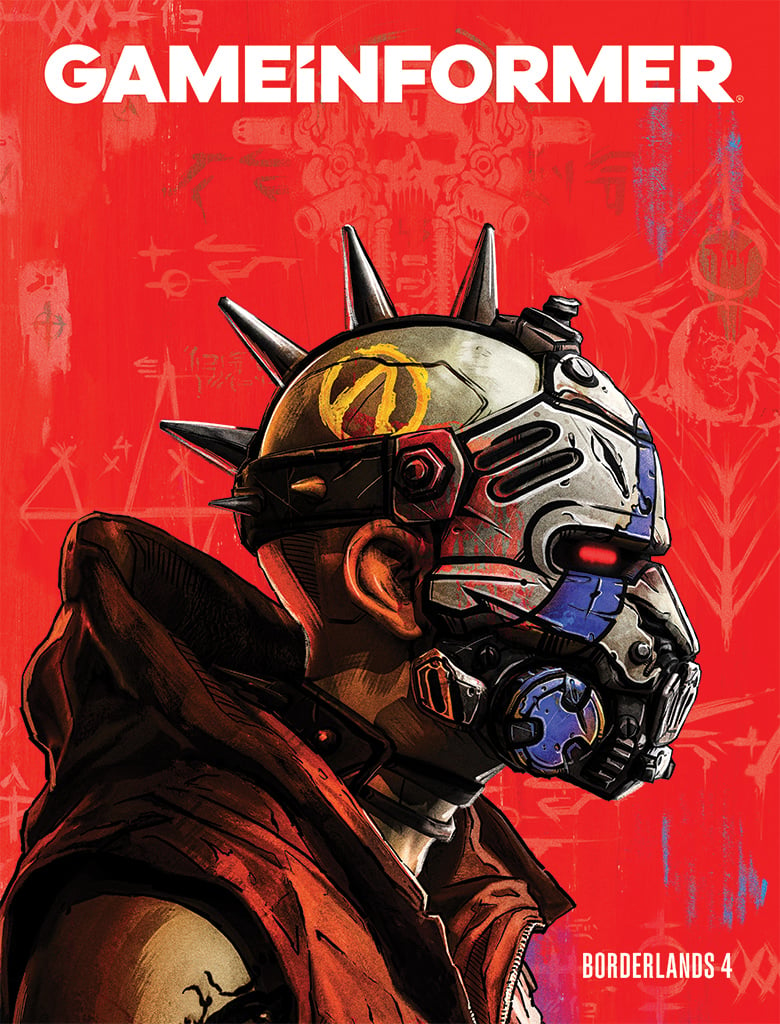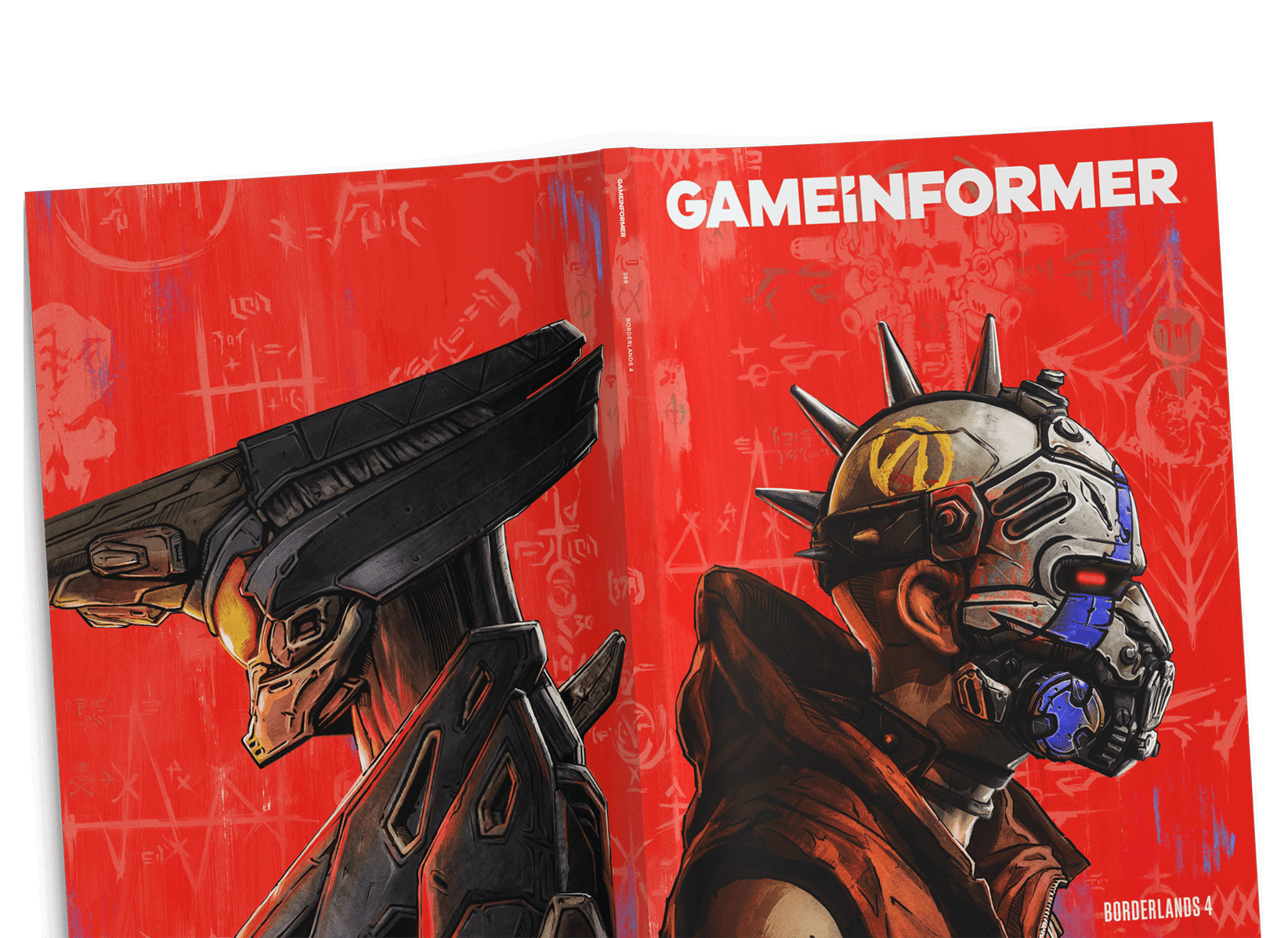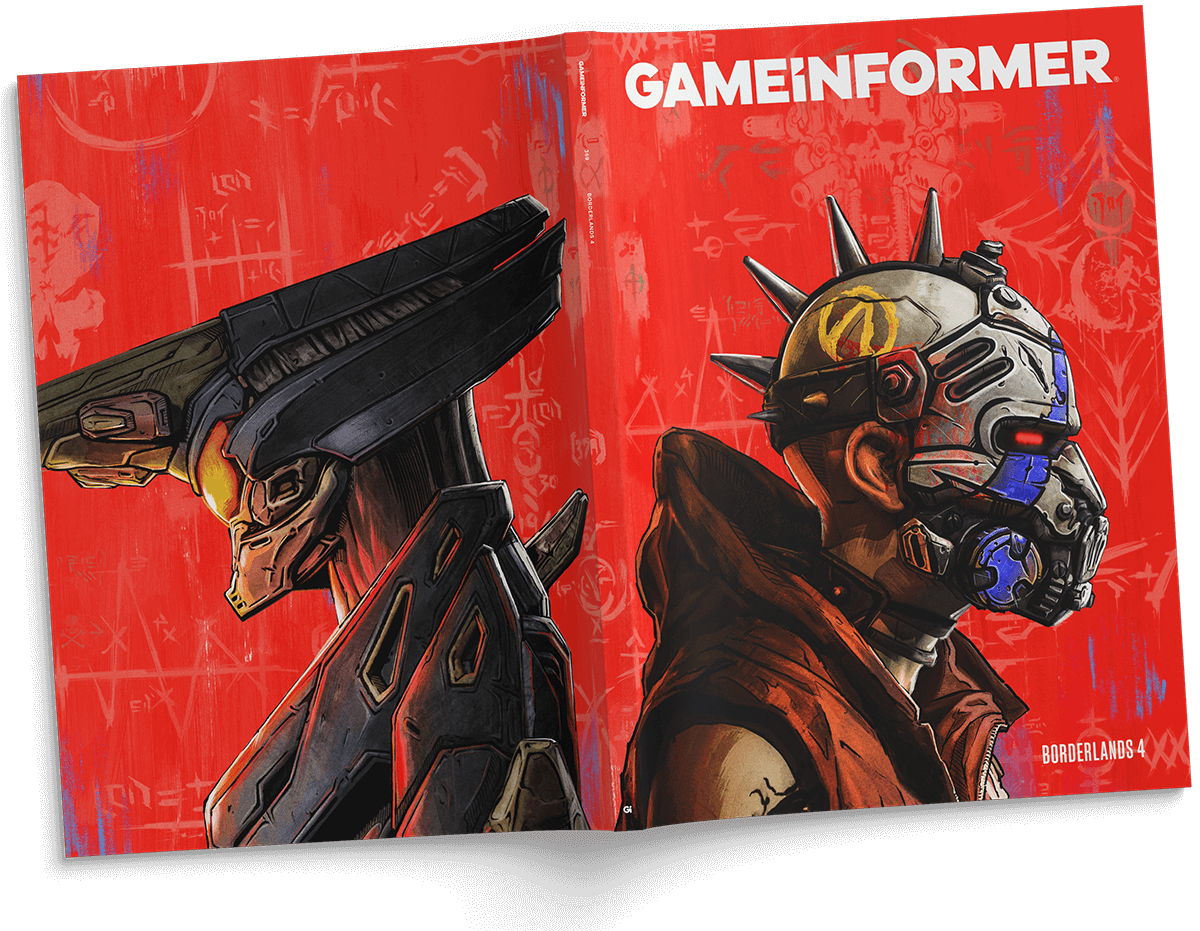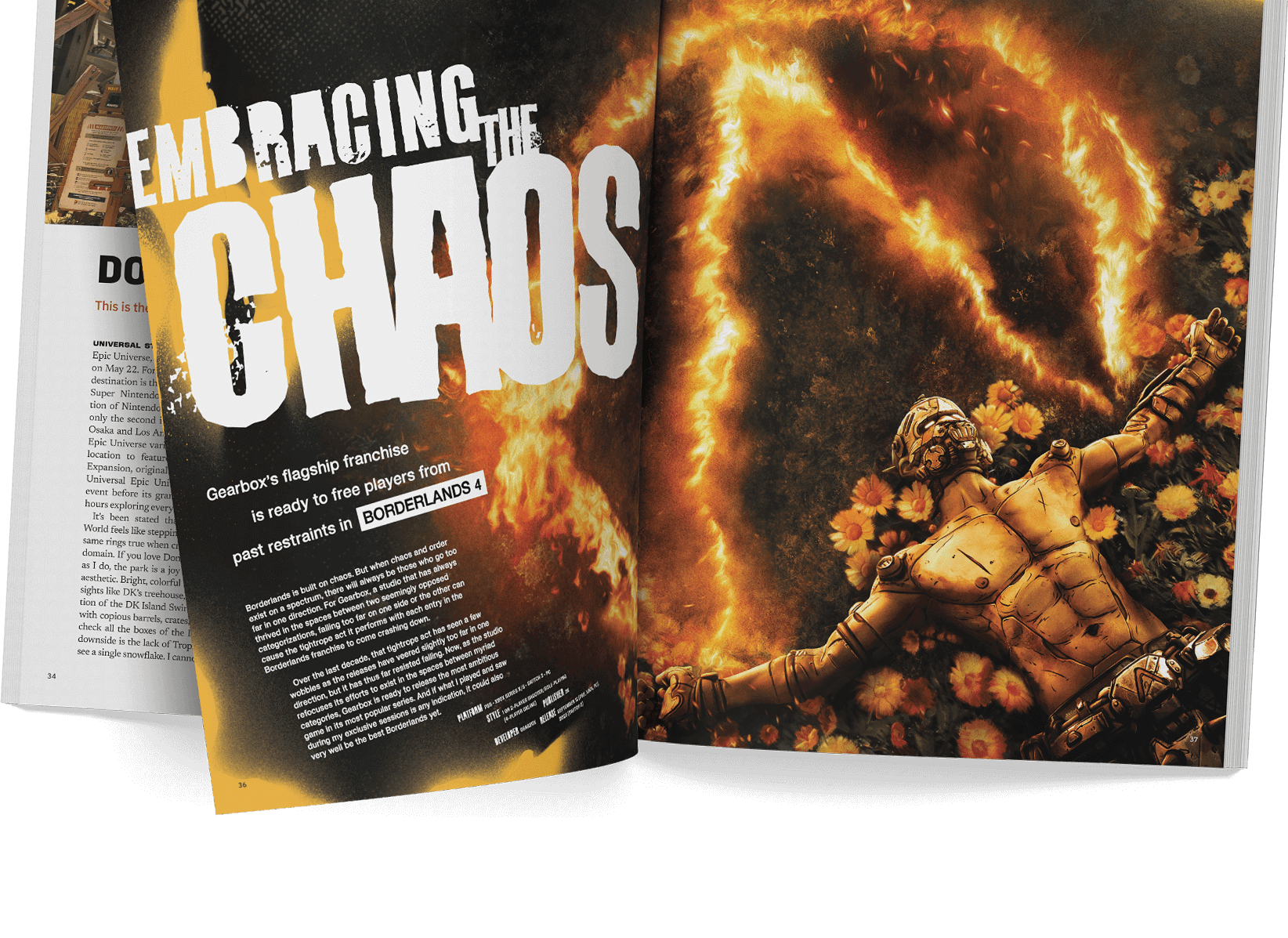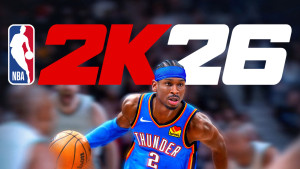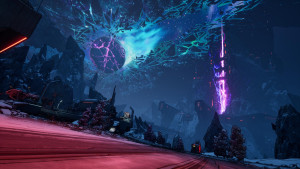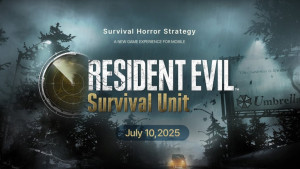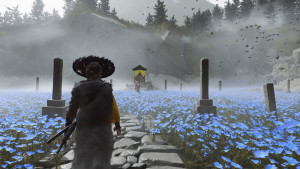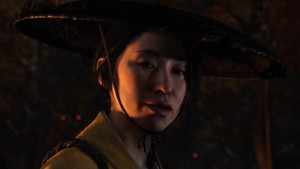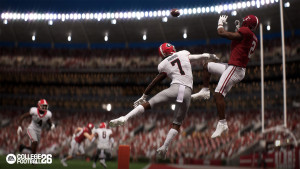Be the first to get Game Informer’s August Issue! Subscribe Now
Looking Back At The PlayStation That Started It All
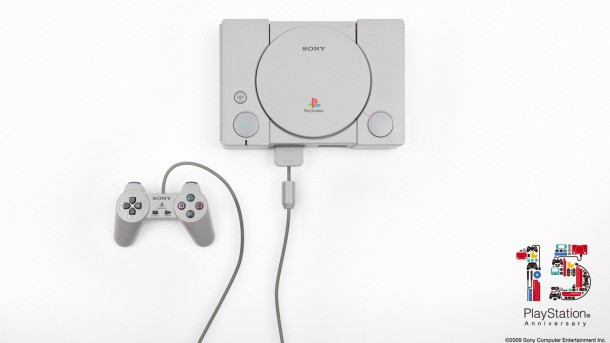
Take a trip down memory lane as we look back at the PlayStation for its 15-year anniversary and the console's place in video game history.
The system released on September 9, 1995 in the U.S. for $299 (it had already been out in Japan since December of the following year), and over a decade later it's racked up over 100 million units and 2,000 titles worldwide.
Despite its momentous success and the spawning of the PlayStation brand, Sony's venture was far from a sure thing. At the time, Sega and Nintendo dueled for supremacy. Nintendo was still running with the SNES (which came out in 1991) and Sega was trying to ride out the Genesis as long as it could with add-ons like the Sega CD and 32X.
Next: The Sony/Nintendo SNES Partnership That Almost Was
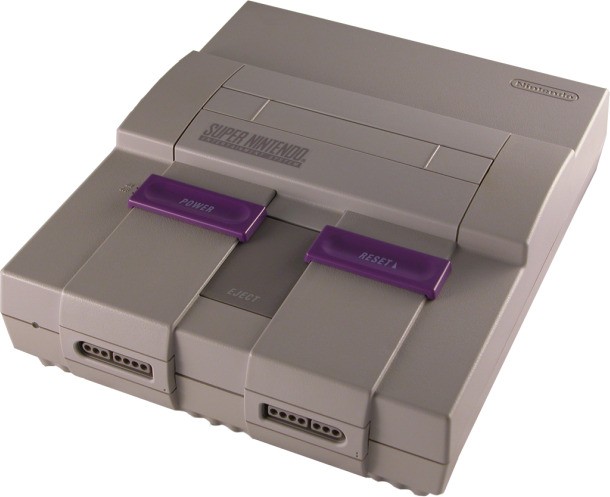
Sega's unsuccessful attempt with the Sega CD was by no means a failure of the format itself. In fact, before the PlayStation came out, Nintendo and Sony were working on a CD-based add-on to the SNES that would also be compatible with SNES cartridges. At the last minute, however, Nintendo backed out of its deal with Sony and joined forces with Philips because Nintendo didn't want to give third-party licensing rights to Sony. Ironically, enough, Nintendo's SNES disc project never came out because Nintendo got cold feet about the future of the format and piracy concerns.
Undeterred by this unexpected change of events, Sony decided to go ahead and make its own console. Looking back it seems like an easy decision to support the CD format, but failed endeavors like the Sega CD and Philips' CD-i were potential warning signs to Sony. The split between Sony and Nintendo regarding which format to use changed the future of video games from that moment on.
Nintendo stuck with the old cartridge format for the N64, which would come out in America in 1996. Apart from the company's piracy concerns, the cart format was more expensive for third-party publishers. This allowed Sony to acquire a valuable foothold with publishers for them to provide content for the PlayStation, a move that would be key to the system's success.
Next: The Launch Lineup & Beyond
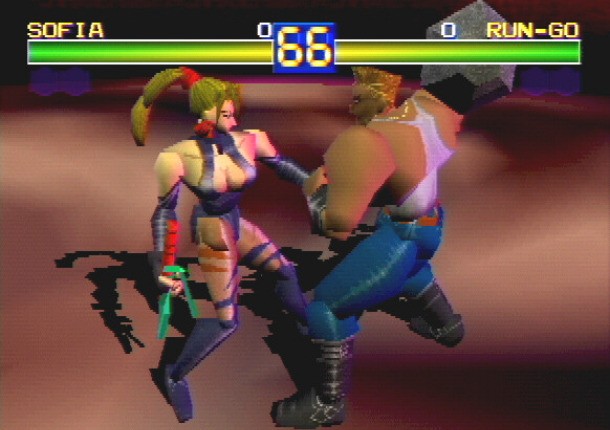
Battle Arena Toshinden
Unlike some consoles, the PlayStation came out of the gate with software, including over 50 games in the U.S. (according to All Game) before the end of its first year. This includes some first-party franchises that are still with us today such as Twisted Metal, Wipeout, Warhawk, and Ridge Racer.
THE PLAYSTATION LAUNCH DAY TITLES & THEIR GAME INFORMER REVIEW SCORES
Battle Arena Toshinden (SCEA) 8.5
ESPN Extreme Games (SCEA) 7.75
Kileak: The DNA Imperative (SCEA) 7.25
NBA Jam Tournament Edition (Midway) N/A
Raiden Project (Sony) N/A
Rayman (Ubisoft) N/A
Ridge Racer (Namco) 9
Street Fighter: The Movie (Capcom) N/A
Air Combat: Bullet the Blue Sky (Namco) 9
The system's strong third-party support has benefited other PlayStation systems as publishers continued to work with Sony through the years, and the console's impact is felt in other areas. The post-SNES style of controller was popularized by the PlayStation's controller (not to mention the Dual Analog and the DualShock), and the PlayStation's cross-functionality as a CD player and a game system has provided a home electronics blueprint that Sony has used with the PS2 and PS3. Sony has widely credited the inclusion of a DVD drive in the PS2 as a huge contributor to that platform's success, and is banking on a similar public adoption of Blu-ray for the PS3.
From a newcomer in the gaming business literally living in the shadow of Nintendo to a giant in its own right, Sony has come a long way in the past 15 years and the PlayStation brand has flourished from its almost accidental beginnings – and the original PlayStation got the ball rolling by getting a lot of things right from the beginning.
